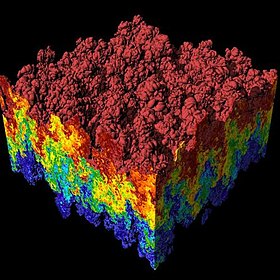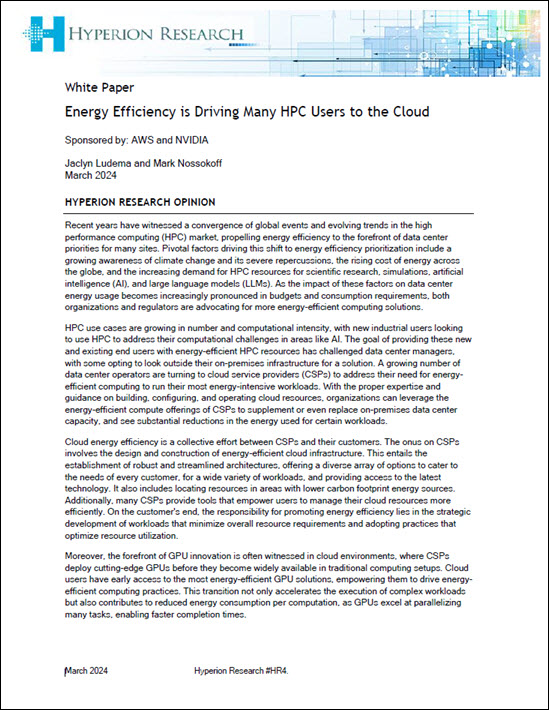A previous article detailed some of the uses of software based rendering using the Intel Xeon Phi processors. There are two main categories or uses where rendering on the Intel Xeon Phi processors should be investigated. The first is what could be called, “Professional rendering” and the second, “Scientific visualization.”
Professional rendering is what would be used to create special effect in movies with various amounts of realism. The realism could vary from simple plastic looking objects to photorealistic scenes which accurately model the interaction with light, materials, shadows and textures. The predominant method for achieving these very realistic images is to use ray-tracing. These same techniques are also used for industrial design applications, in order to create images of what an actual object may look like in the real world in specific settings. The architecture for professional rendering would have the application determine the materials, light position, etc. and then connect with a rendering module. The rendering system, in order to achieve the highest performance, would probably call routines that are optimized for the Intel Xeon Phi processor. By using a highly tuned library that can take advantage of the underlying hardware architecture whether it is Intel Xeon processors or Intel Xeon Phi processors, the final rendering computations can be performed in a highly parallel manner.
An example of a highly tuned library for this in the Intel Embree Photo-Realistic Ray Tracing Kernels from Intel. Embree is a collection of high-performance ray tracing kernels developed at Intel. The kernels are optimized for photo-realistic rendering on the latest Intel® processors and Intel® Xeon Phi™ processors. The kernels are optimized for photo-realistic rendering on the latest Intel® processors with support for SSE, AVX, AVX2, and AVX-512. For applications where performance and visual quality is a top priority, the Embree Kernel library should definitely be considered.
[clickToTweet tweet=”Visualization can be done in software. Check out what can be done using Intel Xeon Phi processors for rendering.” quote=”Visualization can be done in software. Check out what can be done using Intel Xeon Phi processors for rendering.”]When performing scientific visualization, rendering performance that gives insight to the data is very important. While ray-tracing techniques could be used at times, performance and interactivity is key to the user experience. Traditionally, an OpenGL renderer would be called from the application, which would perform the rendering steps need to display the objects on the screen. When using servers that may not have graphics rasterization hardware, the OpenGL pipeline has been performed with software packages such as the open source Mesa product. The computations that would have been performed in hardware, would be performed entirely in software. As long as the Mesa project API is kept in sync with the OpenGL standard, applications could easily be moved between hardware systems and software only renderers. Another option is to use the OSPray renderer.  This renderer can take advantage of the latest hardware capabilities of the Intel Xeon and Intel Xeon Phi processor instruction sets to deliver interactive performance of complex geometries. OSpray also utilizes the Embree kernels that together can accelerate the rendering of scientific datasets.
This renderer can take advantage of the latest hardware capabilities of the Intel Xeon and Intel Xeon Phi processor instruction sets to deliver interactive performance of complex geometries. OSpray also utilizes the Embree kernels that together can accelerate the rendering of scientific datasets.
Software based visualization, whether for photo-realistic rendering or scientific visualization can be accelerated with a software only approach. This allows for new algorithms to be implemented faster than waiting for the next generation of hardware systems to appear. As the number of computing elements increases, performance can increase as well.





we love ray tracing.
Check it out. https://www.jonpeddie.com/store/the-market-opportunities-for-ray-tracing-software